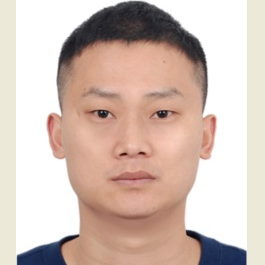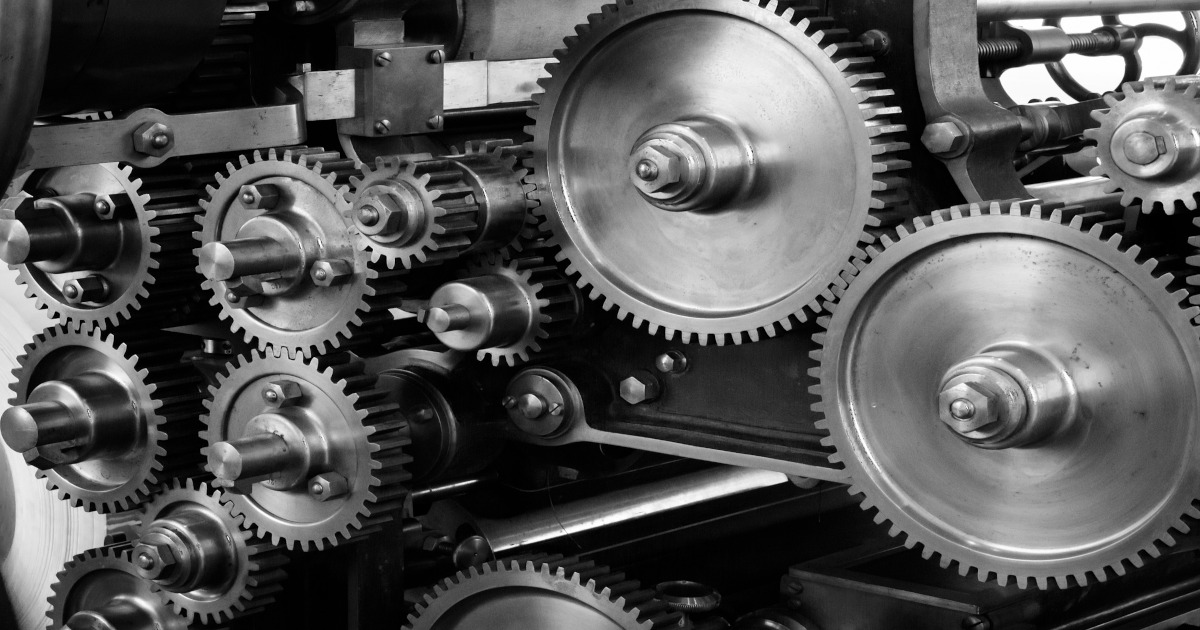Topic Menu
► Topic MenuTopic Editors



High-Performance Multicomponent Alloys

Topic Information
Dear Colleagues,
Multicomponent alloys are classes of materials that consist of a large number of alloying elements in various proportions. One well-known alloy grade is the Cantor alloy including an equal amount of five kinds of principal elements. Recently, multicomponent alloys have frequently been named high-entropy alloys (HEAs) which have gradually attracted the attention of the community. For example, single-phase FCC entropy alloys exhibit excellent damage tolerance and impact toughness at low temperatures, while BCC entropy alloys exhibit excellent high-temperature mechanical properties at elevated temperatures. Furthermore, dual-phase HEAs with a non-equal proportion of principle elements are designed to overcome the strength-ductility trade-off. The dual-phase HEAs have been reported to hold a combination of excellent good ductility and yield strength, performing better than the single-phase HEAs as well as many kinds of metallic materials. Besides HEAs, multicomponent alloys can also include a wide range of engineering materials, e.g., high-performance high-alloy steels, TWIP steels, Ni-/Co-based superb alloys, etc. Metallic materials produced by advanced processing, e.g., additive manufacturing (AM), can also be included in this alloy category.
The current Topic Collection includes broad research topics referring to the composition, microstructure, and property correlation of multicomponent alloys. Various aspects can include, but are not limited to, material design using conventional and state-of-the-art methodologies, e.g., CALPHAD, Integrated Computational Materials Engineering (ICME), machine learning-based AI method, etc.; multiscale material characterizations from micro- to nano-scale; advanced material processing using, e.g., AM; control of defect including non-metallic inclusions in the large-scale high-performance alloys, etc.
Authors from academia and industry are therefore invited to submit their original research and/or review contributions on advances in high-performance multicomponent alloys to the current Special Issue.
Dr. Xusheng Yang
Dr. Honghui Wu
Dr. Wangzhong Mu
Topic Editors
Keywords
- high-performance multicomponent alloys
- advanced materials design
- materials characterization
- nucleation and growth in metals
- material processing including thermo-mechanical treatment
- Integrated Computational Materials Engineering (ICME)
- high-value metal alloys for additive manufacturing (AM)
- high-entropy alloy
- high-throughput experiments
- high-throughput computing
Participating Journals
| Journal Name | Impact Factor | CiteScore | Launched Year | First Decision (median) | APC |
|---|---|---|---|---|---|

Crystals
|
2.7 | 3.6 | 2011 | 10.6 Days | CHF 2600 |

Entropy
|
2.7 | 4.7 | 1999 | 20.8 Days | CHF 2600 |

Materials
|
3.4 | 5.2 | 2008 | 13.9 Days | CHF 2600 |

Metals
|
2.9 | 4.4 | 2011 | 15 Days | CHF 2600 |

Nanomaterials
|
5.3 | 7.4 | 2010 | 13.6 Days | CHF 2900 |

MDPI Topics is cooperating with Preprints.org and has built a direct connection between MDPI journals and Preprints.org. Authors are encouraged to enjoy the benefits by posting a preprint at Preprints.org prior to publication:
- Immediately share your ideas ahead of publication and establish your research priority;
- Protect your idea from being stolen with this time-stamped preprint article;
- Enhance the exposure and impact of your research;
- Receive feedback from your peers in advance;
- Have it indexed in Web of Science (Preprint Citation Index), Google Scholar, Crossref, SHARE, PrePubMed, Scilit and Europe PMC.

